We’ve all been stumped by unfamiliar produce before. Yet, we firmly believe that the saying “there are no strangers, just friends you haven’t met yet” applies to produce too. So we’ve been working hard to spread ingredient empowerment through some of our favorite findings.
Romanesco
What it is: A unique and vibrantly colored cousin of broccoli
What to do with it: Romanesco’s beautiful color and nutty flavor make it ideal for roasting with bold Mediterranean flavors. Get the recipe!
Flavor friends: Lemon, thyme, olives, mozzarella, anchovies, red pepper flakes, oregano.
Fun Fact: Romanesco naturally grows in a mathematical fractal pattern, each cluster of flowers mirroring each other in perfectly symmetrical fibonacci spirals.
Broccoli Leaves
What they are: The leafy greens of the broccoli plant that are often left in the field in favor of the super-market-friendly crowns.
What to do with it: Broccoli leaf is great sautéed, as well as in Mediterranean pasta dishes, or both as seen in this tortellini soup. Get the recipe!
Flavor friends: Garlic, ginger, green onions, soy sauce, bacon, Parmesan cheese
Fun Fact: Broccoli leaves flavor resembles a cross between broccoli and kale, but their hearty texture means that they can last in the fridge for much longer than other leafy greens.
Radicchio di Treviso
What it is: A purple-leaved bitter green in the chicory family
What to do with it: Grilling radicchio is a great idea as the hearty leaves can take the heat, which also helps tame the bitterness Get the recipe!
Flavor friends: Balsamic vinegar, Parmesan cheese, prosciutto, capers, fennel, olive oil, lemon juice
Fun Fact: When cooking with radicchio, make sure to balance out its intense bitterness with other intense flavors like citrus juice, salty cheese, or smoked/cured meat.
Parsnip
What it is: A pale, sweet, member of the carrot family
What to do with it: Parsnips make excellent oven fries with rosemary. Get the recipe!
Flavor friends: Cream, butter, nutmeg, sage, honey, mustard
Fun Fact: Much of the flavor (and nutrients) of a parsnip is just below the skin so scrub them instead of peeling them if possible! Larger parsnips may also need to have the tough core removed before eating them.
Rutabaga
What it is: A starchy root vegetable bred by crossing cabbage with turnips.
What to do with it: Rutabagas make excellent mash, which pairs brilliantly with the flavors of sour cream and dill. Get the recipe!
Flavor friends: Apples, potatoes, thyme, rosemary, maple syrup, cheese
Fun Fact: Rutabagas are a fantastic source of Vitamin C, Potassium, and Magnesium.
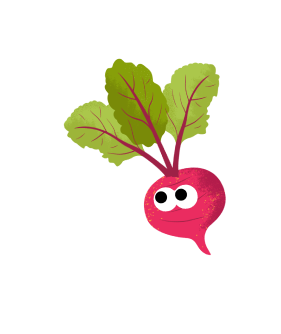
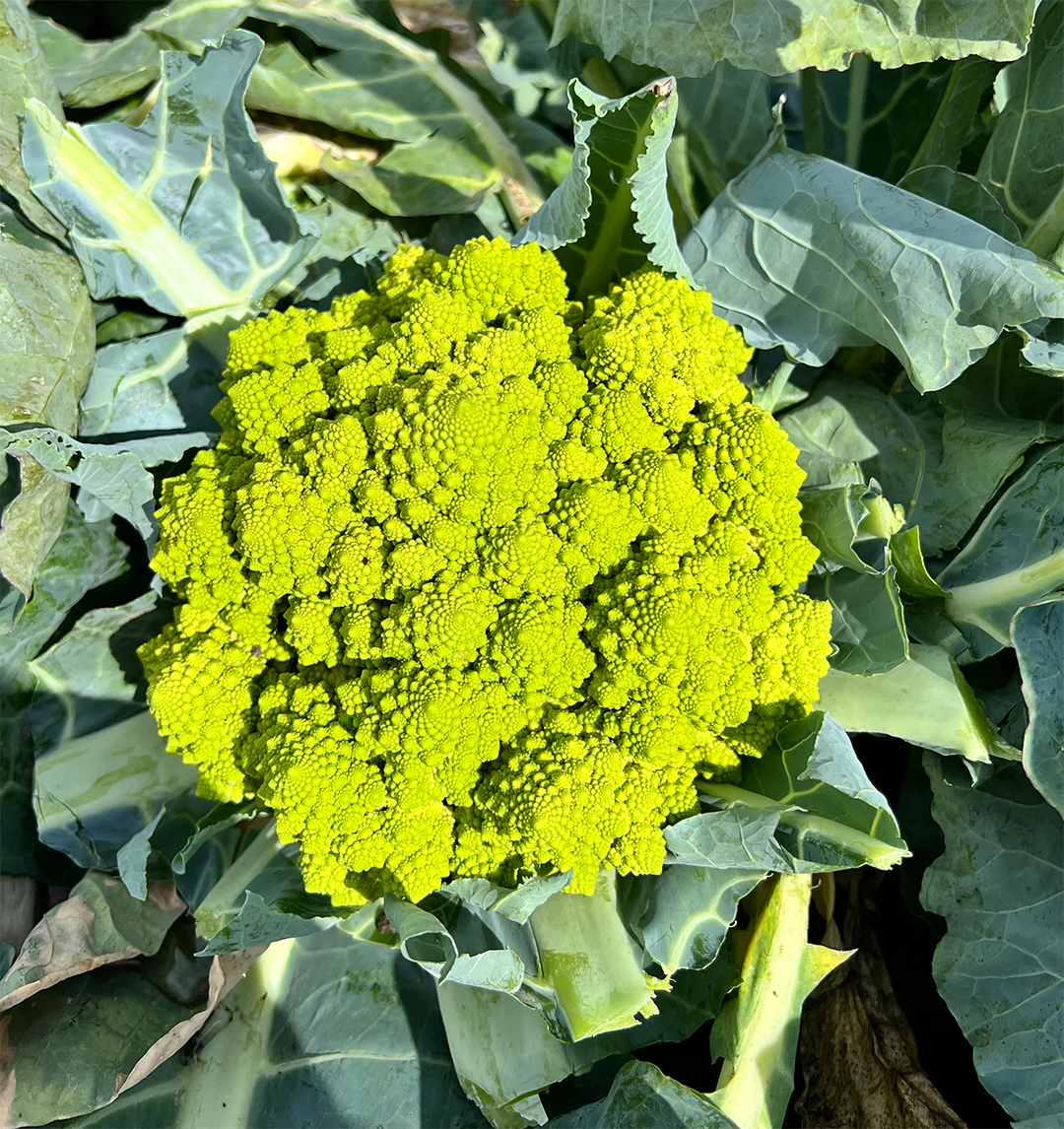


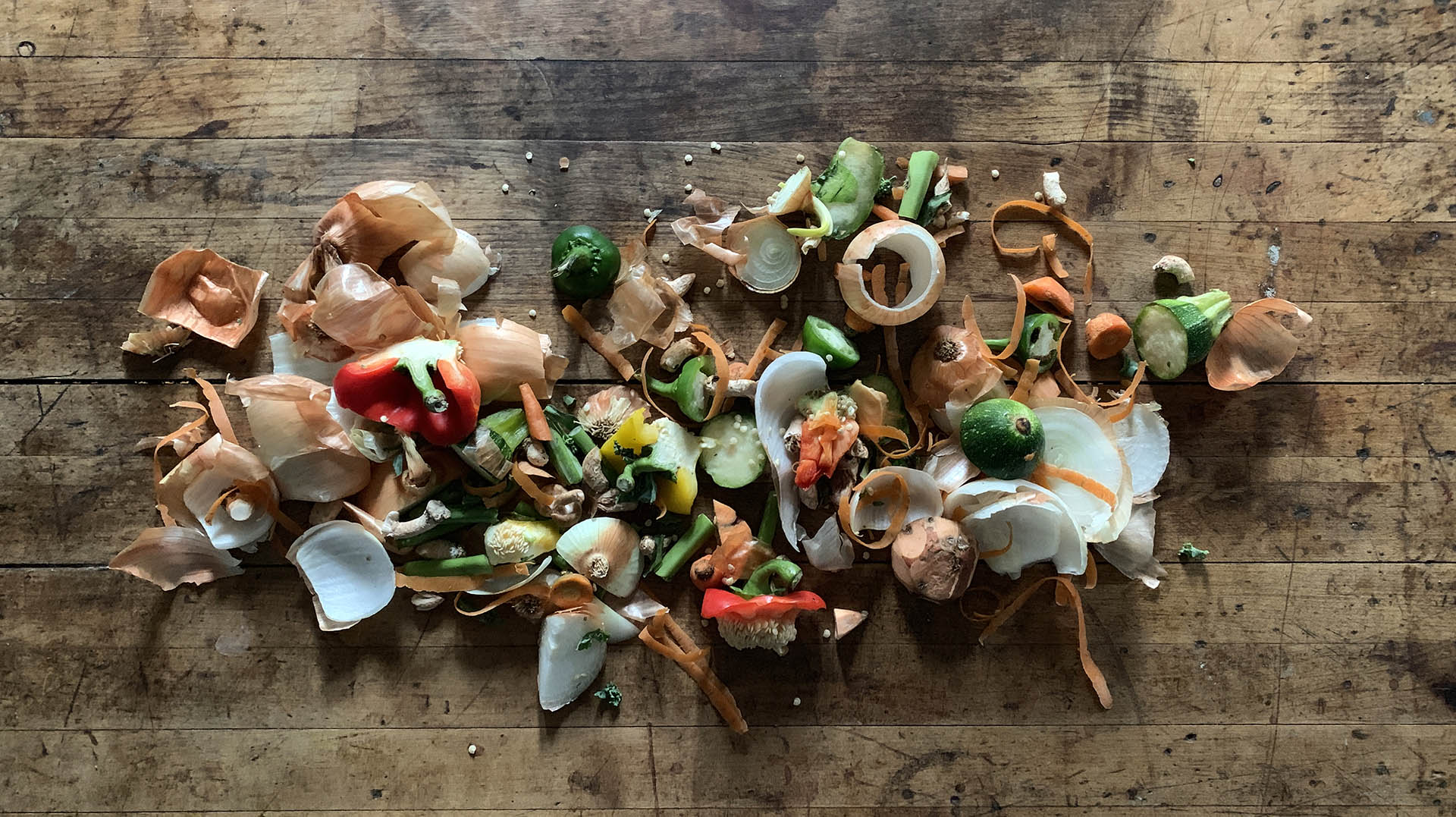
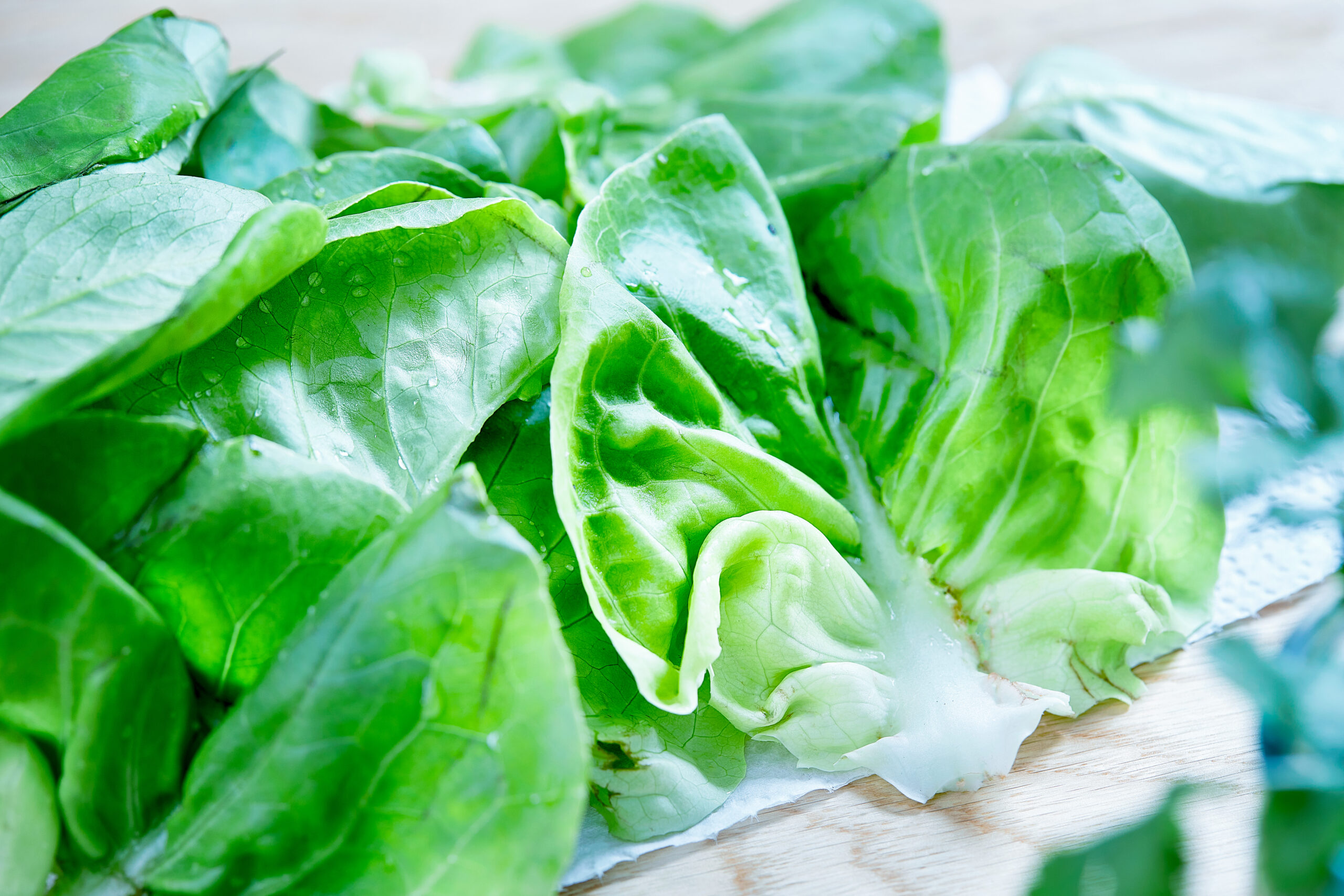
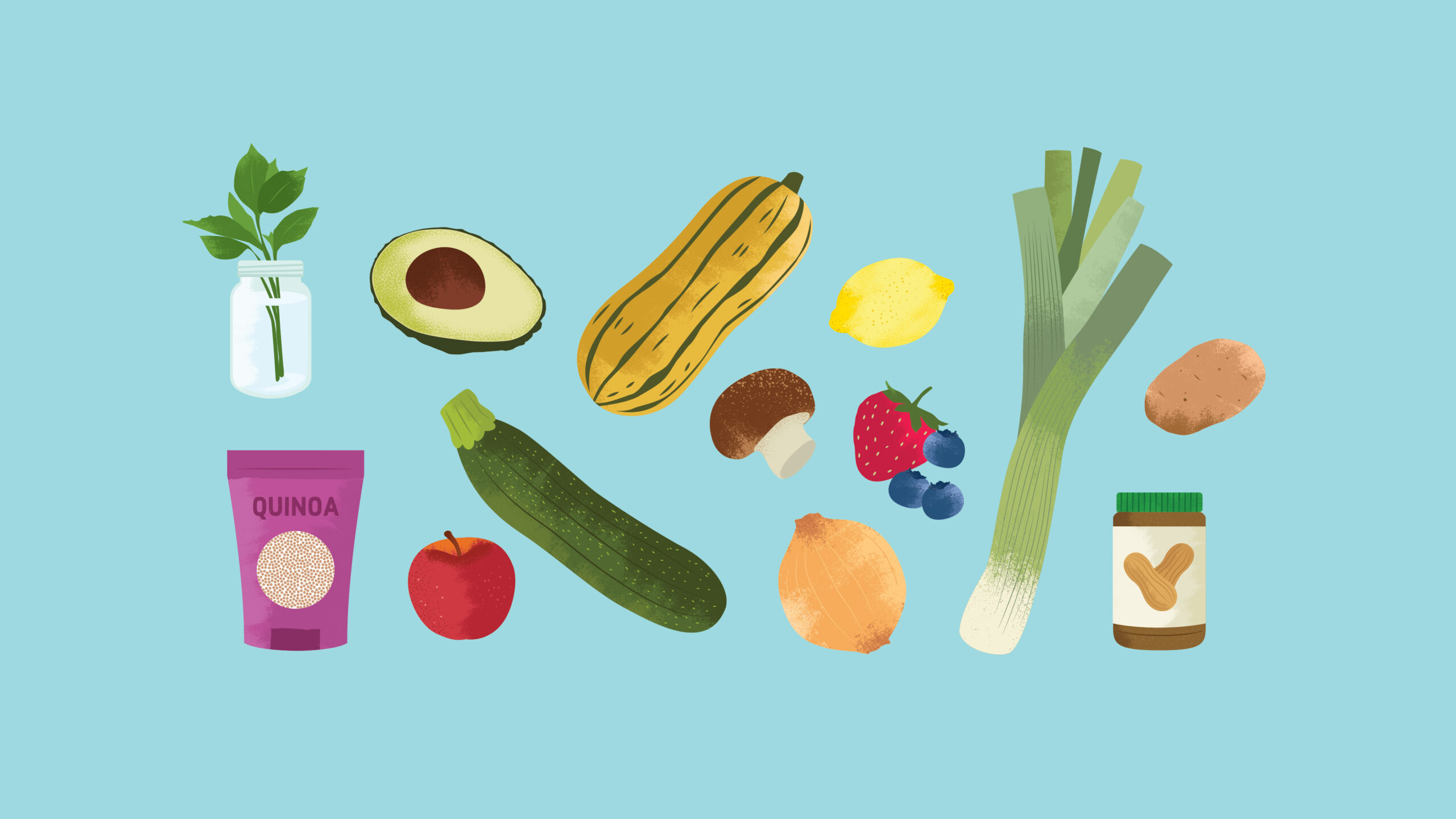

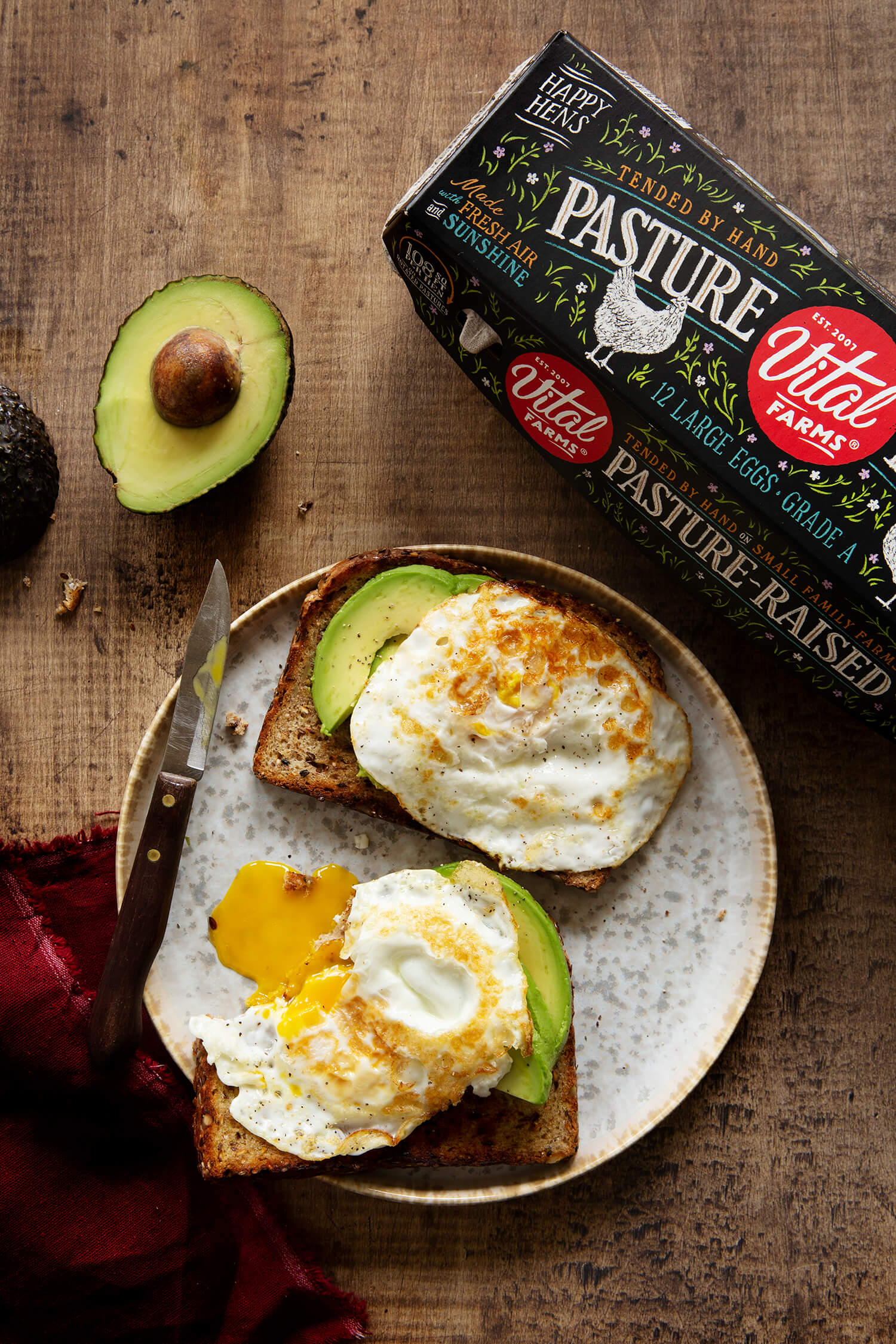

Your website is so darn cute I had to sign up!